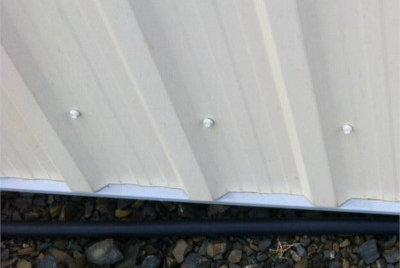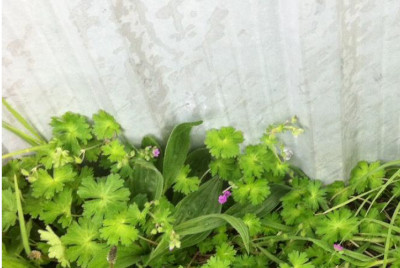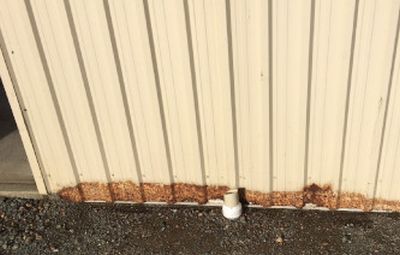Site Management
The effectiveness of clearances in achieving durability requirements is subject to the occupant ensuring that vegetation, debris, and soil do not build up against the cladding surface. Design clearance from a surface is no guarantee of durability as effective clearances are subject to site development, occupant behaviour and building maintenance.
Cladding Open to Air
Vegetation in Contact with Cladding
The separation of profiled metal claddings from corrosive surfaces such as wet timber or concrete is more critical at the bottom end of cladding, where high humidity levels may be experienced for extended periods. This may take the form of a 3 to 6 mm gap, an inert self-adhesive tape or a PVC vermin strip.
Internal environments are also important, ventilation must be adequate for the building use, and absorptive of corrosive substances must not be in prolonged contact with the external or internal face of the cladding or structure.
The Result of Debris Build-up Against Cladding
- Log in to post comments



